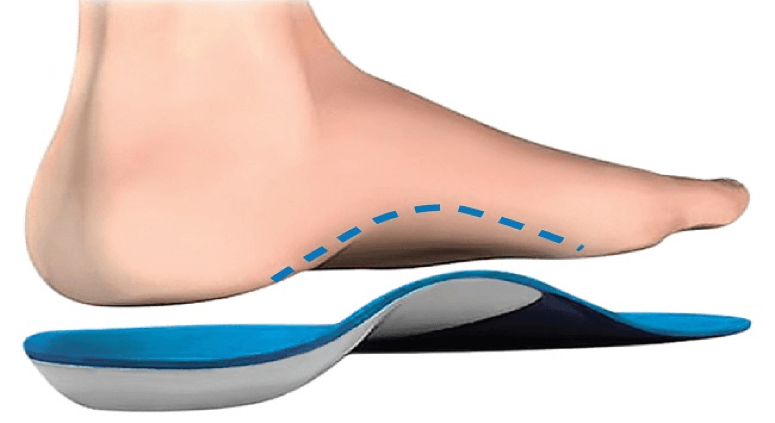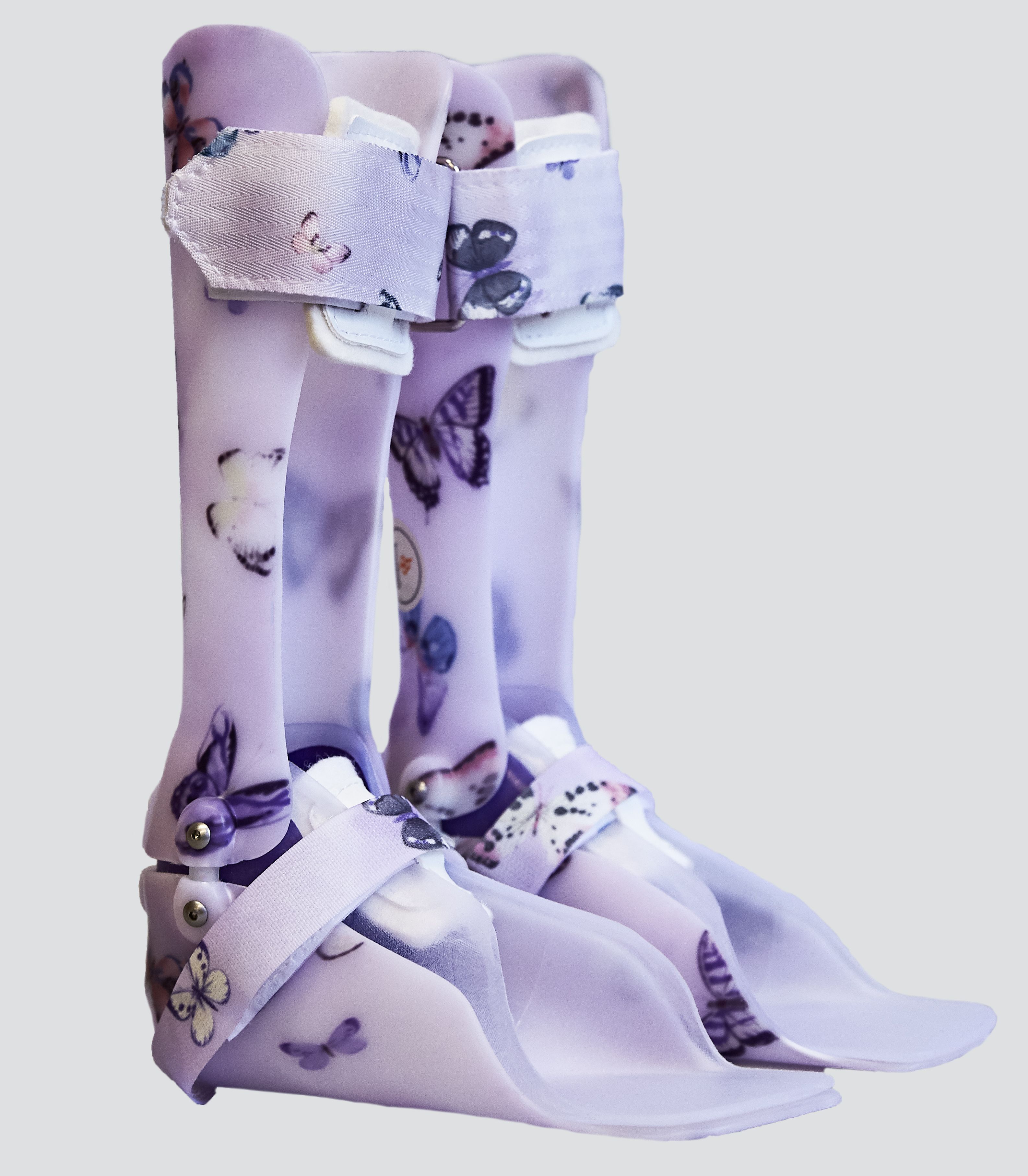Professional Ski Boot Fitting Techniques Northglenn CO
Professional Ski Boot Fitting Techniques Northglenn CO
Blog Article
Ideal Conditions for Ski Boot Fitting Erie CO
Cold ft in ski boots is a common issue confronted by skiers, affecting their comfort and general performance on the slopes (Testing Fit During Ski Activities Thornton CO). Warmth is important for an enjoyable snowboarding experience, and chilly ft can diminish the thrill of gliding down a snow-covered mountain. Understanding the explanations behind chilly toes in ski boots and methods to fight it might possibly make a significant distinction in your snowboarding adventures
Ski boots are designed to supply the help necessary for snowboarding but may also be a supply of discomfort. A tight fit, while essential for control, can limit blood flow, resulting in cold ft. This is particularly true if the boots are too small or not correctly fitted. Ensuring that ski boots are the right size is the first step in preventing chilly feet.
Men's and Women's Ski Boots Fit Frederick CO
Another issue contributing to chilly feet in ski boots is moisture. When your toes sweat inside the boots, that moisture can result in a chilling effect because the temperature drops. Skiing often includes excessive energy expenditure, and the heat generated inside the boots can quickly be misplaced as sweat accumulates. Using moisture-wicking socks or boot liners can significantly alleviate this drawback.
Insulation in ski boots performs an important function in keeping ft heat. Many boots come with varying levels of insulation, and the choice of material can affect how well they keep heat. Insulated boots are designed to maintain warmth in, but deciding on the right stage of insulation according to the climate and particular person preferences is crucial. Some skiers choose further layers, while others might discover thicker liners too constricting.

Choosing the proper socks is just as crucial as choosing the proper boots. Thick, bulky socks can impede circulation, leading to cold ft in ski boots. Opting for skinny, high-performance ski socks made from materials designed to wick moisture might help maintain toes warm. Additionally, avoid cotton socks as they preserve moisture and contribute to cooling down.
Another often-overlooked aspect is how one clothes for a ski outing. A complete layering system is vital. For ski trips, maintaining the complete physique warm ensures that extremities, like the ft, keep heat as well. Investing in quality base layers, mid-layers, and outerwear might help optimize physique temperature and circulation.
Ski Boot Fit for Advanced Skiers Brighton CO
Using foot heaters or heated insoles can be particularly effective for those vulnerable to chilly feet. These devices provide a further heat supply and can be found in various types, from disposable chemical heaters to rechargeable battery-operated choices. They may help delay comfort all through the day on the slopes.
Adjusting the way in which you fasten your boots also can make a significant distinction. Ski boots must be snug but not overly tight. A too-tight fit can constrict blood circulate, leading to cold ft. Learning the way to correctly adjust the buckles may help achieve a cushty fit that balances warmth and performance.
Take notice of how long you spend standing still versus skiing. Cold feet are often exacerbated by inactivity. During breaks or while ready in lines, toes have a tendency to chill down considerably. Making an effort to keep moving, even when waiting, can help maintain warmth.
Testing Fit During Ski Activities Thornton CO
Plan your breaks properly. When taking a break, find a heat spot to rest. Stamping your feet or doing simple workout routines can maintain your blood circulating and stop chilly toes in ski boots. Remaining aware of your body's temperature can guide timely interventions to keep warmth locked in.
Remember that choosing the right ski resort and conditions can also have an effect on how cold feet really feel. Some places are recognized for their biting winds and lower temperatures. More protected ski areas with sunnier circumstances can provide a greater snowboarding experience. Thus, the choice of skiing location can indirectly affect how chilly or heat your ft feel all through the day.
Finally, staying hydrated is essential. When the body is well-hydrated, circulation improves, which is essential for maintaining warmth. It’s simple to overlook to drink water while involved in actions, especially in chilly climate, however making a acutely aware effort to stay hydrated can have important advantages.

Addressing cold feet in ski boots often entails trial and error, adapting gear and strategies to search out the right solution for particular person needs. Every skier is different, and what works for one person may not work for an additional. It’s essential to experiment with various socks, boot types, and layering strategies to seek out the most effective mixture for oneself.
Master Boot Fitting Techniques Firestone CO
Ultimately, enjoying skiing to the fullest requires consideration to the little things that impact comfort and performance. Understanding the causes of cold toes in ski boots and implementing strategies to prevent it may possibly rework a cold ski day into an exhilarating expertise. By maintaining feet heat, skiers can focus on soaking in the great thing about the mountains and the thrill of the experience.
Cold feet shouldn't be a recurring challenge but quite an opportunity for skiers to refine their setup and techniques. Emphasizing warmth and luxury ensures a more enjoyable day on the slopes, allowing for longer and more fulfilling runs. Each skier can take proactive steps to mitigate the chilliness, turning snowboarding into a joyous winter adventure quite than a battle against the chilly.
As the season unfolds, do not neglect that skiing is about having fun with the mountains, the fresh air, and the thrill of gliding on snow. Keeping cold ft at bay enhances each aspect of the experience, allowing for a give attention to approach and enjoyment somewhat than discomfort.
Essential Tips for Ski Boot Fit Nederland CO
Finding pleasure in snowboarding is feasible by addressing everything from boot fit to sock choice, layering, and hydration. By prioritizing these elements, skiers can guarantee they have the right measures in place against cold toes, allowing each journey down the slope to be as exhilarating as meant.
- Proper fit of ski boots is essential; too much room can result in cold ft due to inadequate blood circulation.
- Insulating footbeds created from materials like gel or specialized foam can improve heat by providing thermal safety.
- Toe heaters or heated insoles are effective accessories to fight cold toes, especially in extremely low temperatures.
- Keeping toes dry is essential; moisture from sweat can result in important cooling, so moisture-wicking socks are recommended.
- Choosing the best socks, typically created from merino wool or synthetic blends, can significantly enhance heat and comfort.
- Periodically taking breaks allows for foot movement and circulation, helping to alleviate numbness and enhance heat.
- Ensure that ski boots are not overly tightened, which can limit blood move and contribute to chilly sensations.
- Tuning the boot’s insulation level based on weather situations can hold ft hotter; consider models with adjustable features.
- Using ski boot heaters or foot heaters can provide a constant supply of warmth throughout long outings on the slopes.
- Familiarizing oneself with layering techniques for ski gear also can assist in stopping chilly ft by sustaining overall body heat.undefinedWhat causes chilly toes in ski boots?
Unique Insights on Boot Fitting Longmont CO
Cold ft in ski boots is usually caused by poor circulation, inadequate insulation, or moisture inside the boot. If your toes are chilly, it could imply your boots are both too tight, not heat sufficient, or not fitted correctly.
How can I forestall cold ft whereas skiing?
To prevent cold feet, ensure your ski boots fit correctly with out being overly tight. Use moisture-wicking socks manufactured from wool or artificial supplies, and contemplate boot heaters or heated insoles for added heat.
Custom Boot Fitting Packages Available Longmont CO
Are ski socks essential for keeping my toes warm?
Yes, ski-specific socks are designed to supply heat whereas permitting moisture to flee. They are sometimes thicker round key areas like the toes and shin, enhancing insulation without compromising comfort.
Is it okay to wear two pairs of socks in ski boots?
Wearing two pairs of socks can truly prohibit circulation, leading to colder feet. It’s higher to decide on a single, well-fitted moisture-wicking sock designed for skiing.
The Role of a Boot Fitter Firestone CO
What should I do if my toes get chilly while skiing? (Boot Fitting Challenges and Solutions Wheat Ridge CO)
If your toes turn into chilly, take a break to heat them up. Remove your boots for a couple of minutes, wiggle your toes, and contemplate including foot heaters or shifting to a warmer environment, if possible.
Boot Fitting for Touring Tips Thornton CO
Can boot liners assist with cold feet?
Yes, high-quality boot liners can considerably enhance insulation and heat. Consider custom or heat-moldable liners that conform to your foot, enhancing both comfort and thermal management.
How important is boot fit in preventing cold feet?
A correct boot fit is essential for stopping chilly toes. Boots must be snug however not overly tight, permitting for good circulation whereas preserving heat contained. Poor fitting can result in pressure points, proscribing blood flow.
Boot Fitting Innovations in the Industry Niwot CO
Do the type of ski boots have an effect on warmth?
Absolutely. Insulated or high-performance ski boots often present better thermal protection. Research the specific options of boots, as some fashions prioritize warmth together with performance.
Boot Fit Consistency and Reliability Niwot CO
Should I be concerned about moisture in my ski boots?
Yes, moisture can contribute to chilly feet. Always dry your boots completely after every use, and think about using waterproof boots or gaiters to maintain snow and moisture out whereas skiing.
What are some indicators that my ski boots are too tight?
Advice for First-Time Ski Boot Buyers Loveland CO
Signs that your ski boots are too tight include tingling or numbness in your toes, cold feet, or noticeable discomfort when wearing them - Adjusting Ski Boots for Comfort Thornton CO. If you experience any of those, contemplate getting a professional fitting or adjusting the boot dimension
check this site out top article Report this page